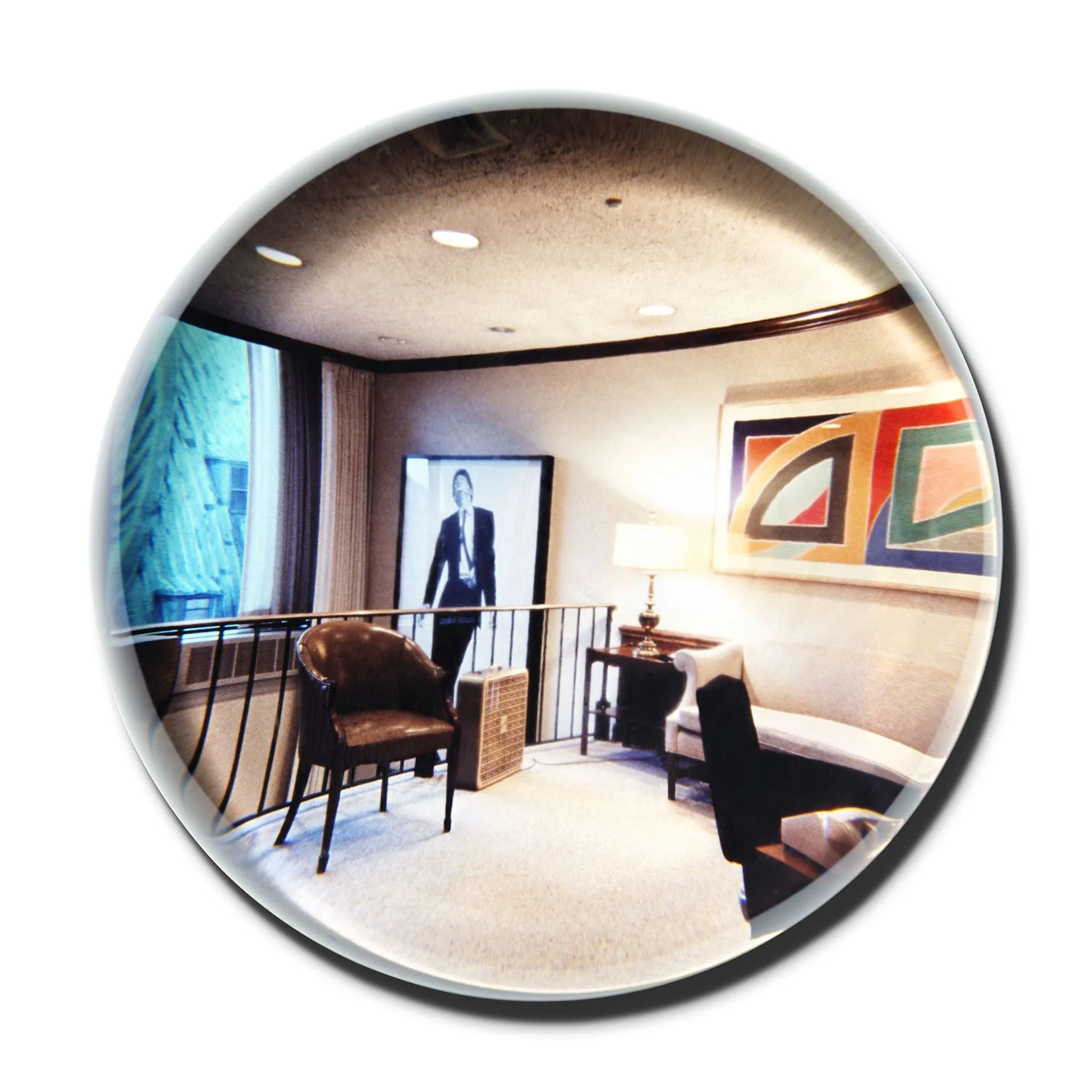David Lynch
"Big Bongo Night”
New York, 540 West 25th Street
Titled Big Bongo Night, the exhibition will feature mixed media sculptures, paintings, and a work on paper that shed light on Lynch’s distinctive visual arts practice. Concurrent with Lynch’s debut at Pace, Sperone Westwater in New York will present I Like to See My Sheep, a show dedicated to his works on paper that follows the artist’s major solo exhibition of paintings, sculptures, and drawings with the gallery in 2019.
The artist’s first exhibition with Pace—bringing together disquieting scenes on wood panel and paper as well as sculptures with light components—will spotlight his storytelling abilities. Lynch’s artworks often meditate on moments of disruption in domestic, everyday settings. Rife with unsettling, threatening, and enigmatic images, the artist’s work draws from the visual languages of Surrealism and Art Brut. Bringing madcap forms and media into conversation, Lynch’s semi-abstract paintings, which often feature flattened compositions and perspectival distortions, explore enactments of bodily and industrial decay. At the core of these works is a pervasive unease that speaks to the dark realities of contemporary American life.
David Lynch, White Table Top Lamp, 2022 © David Lynch
Among the paintings included in Lynch’s forthcoming show with Pace is Airplane in Sky / Ant (2022), a fantastical tableau depicting a distressed ant at its center and incorporating playful textual elements. “It comes with the idea and it’s the idea that starts you, and then it’s this process of action and reaction,” Lynch has said of his approach to painting. “This is the thing you hope to keep alive. And there’s got to be a freedom to say, that didn’t work, it’s got to go. Then in the process of destruction, a beautiful new thing can emerge...random things, random choices and then—bang, an idea comes.”
A selection of Lynch’s mixed media lamp sculptures will also figure prominently in the exhibition. These works— forged with various combinations of steel, wood, resin, plexiglass, and plaster—are derived from the artist’s early paintings and experimentations with projection and moving images. Depending on their material makeups, these structures range from linear to geometric to biomorphic. “Electricity is so thrilling and think about wood...Nature supplies this for us, all different kinds of wood, and the structure of it can be sawed, sanded, shaped, polished, turned into furniture, so many things like houses,” Lynch has said of his fascination with the sculptures’ materiality.







